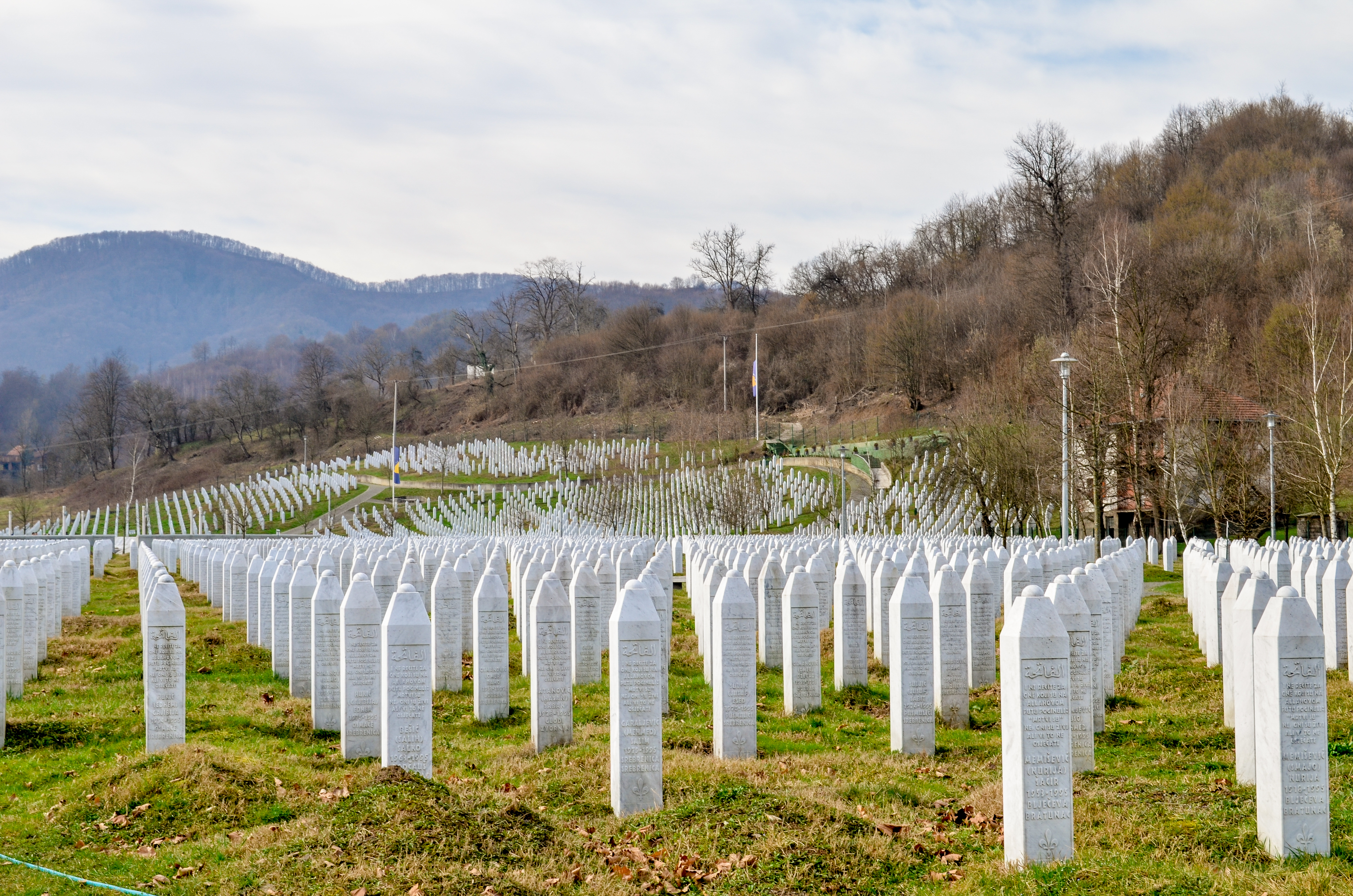When historic injustice meets Tort Law: the case of the Srebrenica genocide

In July 1995, thousands of Muslim Bosniak men were deported from the enclave Srebrenica and subsequently killed by the Bosnian Serb army under the command of Ratko Mladić. The UN had declared Srebrenica a “safe area”, but the Dutchbat soldiers were not able to prevent the capturing and killing of the victims by the Bosnian Serb army. Years later, the International Criminal Tribunal for the former Yugoslavia (ICTY) and the International Court of Justice (ICJ) ruled that the massacre constituted genocide.
Numerous investigations were carried out regarding what happened and why
The reports that were produced suggest that the highly ranked officers within the Royal Netherlands Army withheld evidence, and that the Dutch Ministry of Defense refused to take responsibility or blame for the massacre. And so the growing frustration of the relatives led to lawsuits against the UN, France, the Netherlands, and even an individual officer. Interestingly, Dutchbat soldiers are currently also preparing a claim against the State of the Netherlands.
In a groundbreaking decision in 2013, the Dutch Supreme Court upheld a Court of Appeal’s decision where the Netherlands was held liable for the death of a muslim Boasniak Dutchbat employee and two family members of a mulsim Bosniak UN translator. On 16 April 2014, the court of first instance held that the State was also responsible for the deportation of the 300 (at least) muslim men from the compound that was under the control of Dutchbat. Importantly, the court only held the State responsible for the victims who were deported from the compound – not for the ones who, for example, fled to the forest and who were captured by the Bosnian Serbs. Both the plaintiffs – the ‘Mothers of Srebrenica’ – and the State appealed the decision.
On 27 June 2017, the Court of Appeal held that those in charge of Dutchbat should have known as of 13 July 1995 that the men who were being transported (deported) from the compound were in real danger of being subjected to inhumane treatment. As a result, the State acted negligently by actively facilitating the deportation of those staying on the compound. Additionally, the court decided that the State was negligent for not having offered the option to the male refugees to stay on the compound. Because of this, at least according to the court, the refugees were withheld a 30 percent chance of not being exposed to inhumane treatment.
A combination of reasons explains how tort law can produce such outcomes:
First, the individual protection paradigm requires a focus on the interests of individual plaintiffs (or groups of legally comparable plaintiffs). This is why the court distinguished between various types of victims (e.g. those who were on the compound on or after 13 July 1995, those who were not on the compound before or on that date) and different instances of negligence (e.g. facilitating the deportation, allowing men to leave the compound knowing there was a real danger of being subjected to inhumane treatment).
Second, tort law compares the situation the victim is in with the situation it would have been in had the wrong not occurred. Although the 30 percent number is arbitrary, the court does justifiably apply the ‘loss of a chance’ concept by considering that the fate might have been (but not necessarily would have been) different had Dutchbat taken other measures. There was a realistic chance that the compound would have been overtaken and the men would have been deported and possibly killed had Dutchbat offered resistance. Consequently, it is logical from a tort law perspective that the victims are not entitled to the full amount of damages.
Third, tort law defines wrongs and losses in a particular way. The damages that some of the plaintiffs will receive are damages for pain and suffering due to the inhumane treatment of their relatives. Awarding monetary compensation for pain and suffering is common in tort law. Relief that consists of obliging the State to take responsibility for its military decisions and for the State withholding information and evidence are, however, not. Such needs are not recognized as legally relevant interests and are consequently neither claimed by plaintiffs nor ordered by courts.
Cases like the Srebrenica case illustrate that tort law is not designed for repairing historic injustice like the Srebrenica genocide. Who was and was not on the compound at the ‘right’ time is to a large extent based on coincidence and consequently irrelevant from a plaintiff’s perspective, but highly relevant from a wrongdoer’s perspective, particularly concerning the amount of damages that would need to be paid if the number of those entitled to damages increase. Furthermore, it is unlikely that the plaintiffs were looking for a correct application of the concept of ‘loss of a chance’, or that they were in any way seeking to restore the situation had the wrong not occurred – no relief will make their relatives return or undo the pain and suffering. Instead, and as empirical research indicates, plaintiffs were likely to have been seeking recognition, an acknowledgment, information about what happened and why, and the opportunity to have a voice.
Repair of historical injustice calls for a different application of tort law, or perhaps a different tort law. However, an alternative that performs better at addressing victims’ and relatives’ needs while balancing their interests in a fair way is not readily available. Developing such an alternative would not only be a good research project, it could also improve the handling of claims involving historic injustice. Until then, plaintiffs will need to be explained why tort law can produce, for them, incomprehensible outcomes.
Written by Gijs van Dijck
Published on Law Blogs Maastricht
-
 G. van DijckMore articles from G. van Dijck
G. van DijckMore articles from G. van DijckGijs integrates legal, empirical, and computational analysis in order to improve the description, application, understanding, and evaluation of the law. He has taught courses on tort law, contract law, property law, empirical legal research, and computational legal research. Gijs has published in top journals including the Journal of Empirical Legal Studies and the Oxford Journal of Legal Studies.
Other blogs:
Also read
-
On 23 February 2022, the European Commission released the much anticipated proposal for the Directive on Corporate Sustainability Due Diligence. The aim of this Directive is to reduce human rights violations and environmental harms across the global value chain by making large companies carry out...
-
Achieving a sustainable way of life requires massive societal changes and (private international) law should enable, rather than hamper, the realization of such essential goals.
-
The DSA reflects the issue of advertising in its draft Art. 24, mandating transparency in advertising displayed by platforms – the traditional ad archives, discussed above. However, the proposal makes no acknowledgement whatsoever of new advertising business models emerging from content monetization...


